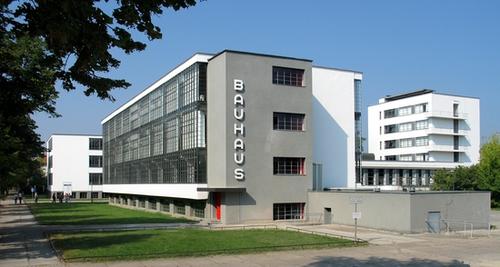Excursion to Bauhaus Dessau/Garden Kingdom of Dessau-Wörlitz
Dessau, the city of the Bauhaus architecture, lies in the meadow landscape of the rivers Elbe and Mulde not far from Berlin. Founded in 1919 in Weimar, the Bauhaus was Germany’s most famous art and design school. Its avant-garde conception of art, design and architecture had a profound impact on the modernist movement, while the works of the Bauhaus continue to be influential for contemporary art. In 1926, the Bauhaus school was obliged to move to Dessau for political reasons when Weimar saw the growth of conservative political forces. The Bauhaus building and the Masters' Houses conceived by Walter Gropius as dwellings for the Bauhaus professors (such as Wassily Kandinsky, Paul Klee, Mies van der Rohe and many others) are included on the UNESCO World Heritage List.
The Garden Kingdom of Dessau-Wörlitz, created in the 18th century in the pattern of an English landscape park, is one more world heritage site in the surroundings of Dessau. In the words of Goethe, the gardens encompassing an area of 142 square kilometers can be described as “a beautiful region glorified by art”. The cultural landscape with its many gardens and palaces constructed in line with alleys, dikes, lakes and rivers is a perfect backdrop for a stroll. Palaces like Wörlitz, Oranienbaum and Mosigkau, the Gothic House and the Villa Hamilton built on the rock island “Stein” reveal the diversity of the architectural forms that were used, namely historicist styles drawing inspiration from the classical age, gothic art, baroque and rococo.


